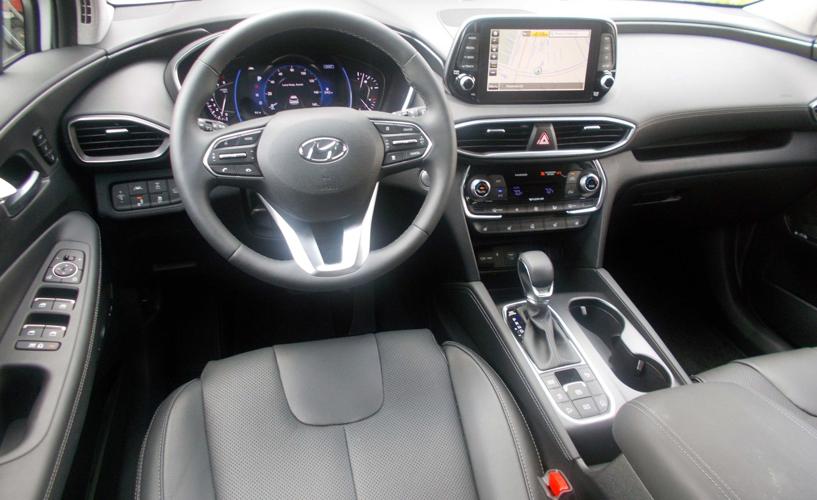In the dynamic world of automobiles, safety features review holds a pivotal place in shaping the driving experience. This exploration takes us into the realm of cutting-edge technology, where a new car’s safety features transcend traditional boundaries to provide an unparalleled sense of security and confidence on the road.

The Evolution of Safety
As automotive technology advances, so too does the evolution of safety systems. Modern vehicles come equipped with an array of safety features review that operate seamlessly in the background, actively working to prevent accidents and protect occupants. These features have transformed from passive seatbelts and airbags to proactive technologies that employ sensors, cameras, and sophisticated algorithms.
Collision Avoidance Systems
One of the cornerstones of contemporary safety technology is the Collision Avoidance System. This safety features review intricate network of sensors and cameras continuously monitors the vehicle’s surroundings, assessing potential collision risks. Through real-time analysis, the system alerts the driver to imminent dangers and, in some cases, intervenes autonomously to prevent a collision.
Adaptive Cruise Control
Gone are the days of traditional cruise control. The Adaptive Cruise Control feature takes cruise control to the next level by utilizing sensors to maintain a safe following distance from the vehicle ahead. This system can automatically adjust the vehicle’s speed to match the flow of traffic, contributing to a smoother and safer driving experience.
Lane Departure Warning and Lane Keeping Assist
Lane Departure Warning and Lane Keeping Assist technologies are designed to prevent unintended lane departures. The former alerts the driver when the vehicle drifts out of its lane, while the latter can actively guide the vehicle back into the lane if necessary. These features not only enhance safety on highways but also combat driver fatigue.
Automatic Emergency Braking
The Automatic Emergency Braking system acts as a vigilant co-pilot, capable of detecting an impending collision and applying the brakes if the driver fails to respond promptly. This technology has the potential to mitigate or even prevent accidents, making it a crucial component of modern safety suites.
Pedestrian Detection
Pedestrian safety is also a focus of new car’s safety features. Pedestrian Detection systems use cameras and sensors to identify pedestrians in or near the vehicle’s path. If a potential collision is detected, the system issues warnings and can apply the brakes if necessary, prioritizing the safety of pedestrians and occupants alike.
Conclusion
The evolution of safety features in new cars has marked a transformative shift in the way we perceive and experience driving. From systems that alert us to potential dangers to those that actively intervene to prevent collisions, these technologies have redefined the concept of road safety. As we navigate the roadways with an array of sophisticated safety tools at our disposal, we’re reminded that driving isn’t just a journey from point A to point B; it’s a journey toward a safer, more secure future for all road users.







